U Delaware team develops prototype efficient direct ammonia fuel cell for transportation
Green Car Congress
JULY 31, 2019
With recent and projected cost declines in wind, solar, and lithium-ion batteries, electrification using batteries has become a viable option for applications compatible with the inherent range limitations and recharging time. A paper on the work is published in the journal Joule. Zhao et al.



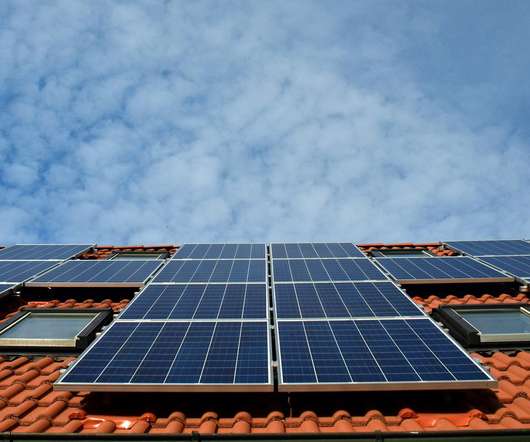

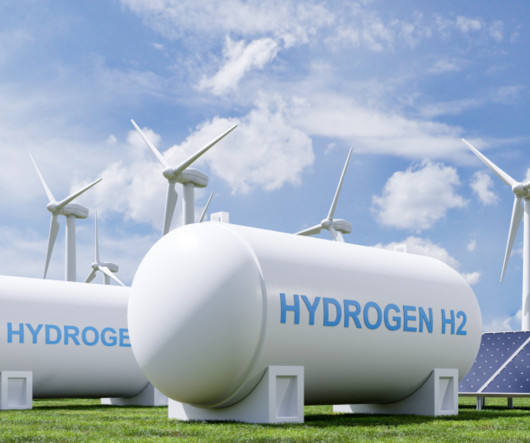




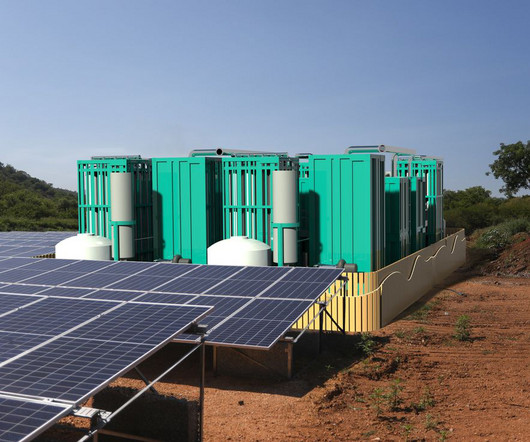




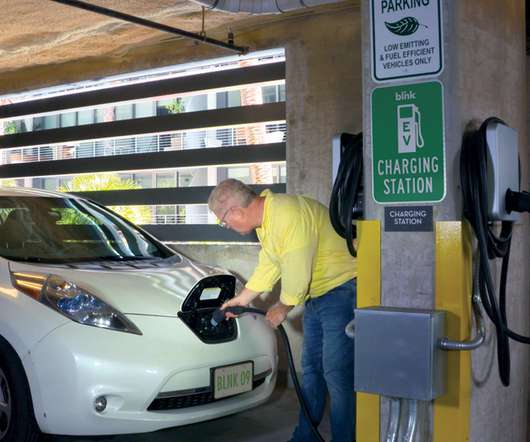






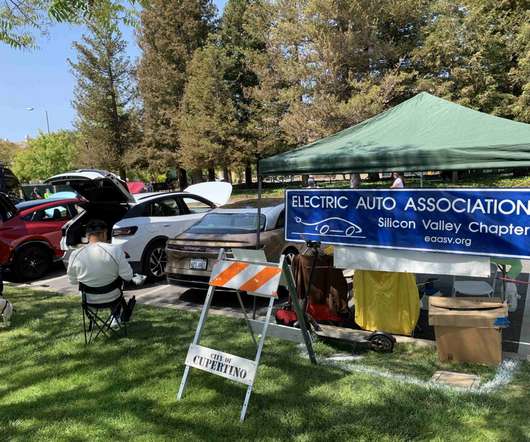

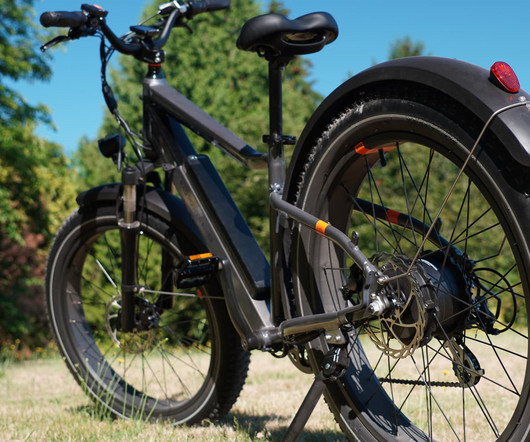




















Let's personalize your content